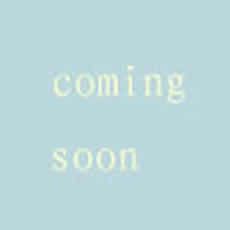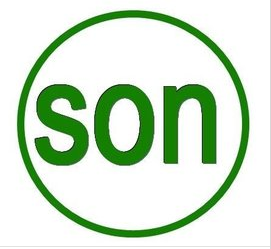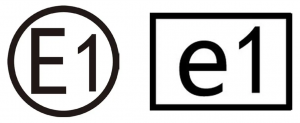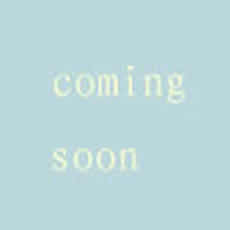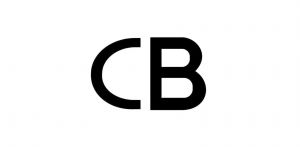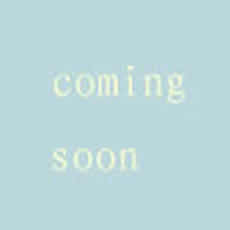CanadaISEDCRSS-247 issue 1&2Major differences between the new and old versions of the standard
RSS-247, Issue 2 will be in force as of its publication on Innovation, Science and Economic Development Canada’s (ISED) website. However, a transition period of six (6) months following its publication will be provided, with in which compliance with RSS-247, Issue 2, or Issue 1,will be accepted. After this period, only applications for certification of equipment under RSS-247, Issue 2, will be accepted.
The second edition of RSS-247, the Canadian IC certified wireless LAN device standard for Bluetooth, wifi and other wireless LAN devices, was released on February 23, 2017, with a transition period of 6 months. During this transition period, the test report of the new and old standards can be accepted, and after the transition period, only the new standard can be tested.
Listed below arethe changes:
Major changes:
First of all, the small serial number of each chapter was originally 1,2, and other numbers, and now it is changed to a,b and other alphabetic ordering.
1.New section 3.3: state the requirement for emissions that fall within restricted frequency bands to comply with the provisions in RSS-Gen, General Requirements for Compliance of Radio Apparatus;
Added Section 3.3, which requires unintentional radiation in the prohibited frequency band to meet the requirements in RSS-Gen.
2.Section 5.4(b): reinstated the former e.i.r.p. limit for frequency hopping systems operating in the band2400-2483.5 MHz, which employ a hopset with less than 75 channels;
Section 5.4 (b) The e.i.r.p. limit for devices using less than 75 channels is 4W, whereas the old standard required 0.5W.
3.Section 6.2: add a clarification to ensure that emissions that fall within restricted frequency bands shall comply with the provisions in RSS-Gen;
Section 6.2 requires that radiation in the prohibited frequency band should meet the requirements in RSS-Gen.
4.Section 6.2: state the measurement method for power and unwanted emission limits for licence-exempt local area network devices and digital transmission systems operating in the 5 GHz band;
Section 6.2 specifies the detection method for devices operating in the 5GHz band, and the bandwidth requirement of the band is recommended to be 99%OBW.
5.Section 6.2.1 and 6.2.2: add a provision to allow original equipment manufacturer (OEM) devices installed in road vehicles to operate in the band 5150-5250 MHz with an e.i.r.p. limit of 30 mW or 1.76 + 10 log10B, dBm, whichever is less stringent; B is the 99% emission bandwidth in megahertz.
Section 6.2 allows Oems to develop in-vehicle products using band 5150-5250 MHz and 5250-5350 MHz, subject to the e.i.r.p limit of 30 mW or 1.76 + 10log10B, dBm, whichever is the strictest of both; B value is 99% of the radiation occupies bandwidth, the unit is MHz.
6.Section 6.2.1.2: clarify the requirement for devices operating in the band 5150-5250 MHz, which have bandwidth that falls into the band 5250-5350 MHz;
Section 6.2.1.2 further clarifications the unnecessary radiation requirements for devices operating at 5150-5250 MHz, and the out-of-band radiation limit for 5150-5350 MHz is -27 dBm/MHz e.i.r.p. If the useless radiation in 5250-5350 MHz is lower than the bandwidth occupied by the channel power 26dB falls in this band, it can be considered as its intentional radiation, and must meet all the requirements of the device in 5250-5350 MHz, including DFS,TPC and other requirements.
Section 6.2.2.2 (b): permit the requisite "for indoor use only" notice for equipment operating in the band5250-5350 MHz to be included in the user manual;
Devices operating within 5250-5350 MHz, Section 6.2.2.2 (b) Last sentence "shall belabelled or include in the user manual the following text" for indoor use only. ", requiring the warning "for indoor use only. "Put it in the manual or on the label of the equipment, which the old standard only required to be posted on the label of the equipment.
8.Section 6.2.2.3: apply the requirement of e.i.r.p. at different elevations for equipment operating in the band5250-5350 MHz to outdoor fixed devices only;
For devices operating within 5250-5350 MHz, additional requirements are added in Section 6.2.2.3 for maximum e.i.r.p for outdoor products. For more than 200mW, increased measurement requirements at different angles; Non-outdoor products with a maximum e.i.r.p. exceeding 200mW must meet 6.6.6.3b i) or ii).
9.Section 6.2.4.2: modify the unwanted emission limits for LE-LAN devices and DTS operating in the band5725-5850 MHz;
The unwanted radiation requirements in section 6.2.4.2 are specified in more detail.
10.Annex A: delete the word "pre-installation" to clarify that the verification of e.i.r.p. compliance at different elevations for devices operating in the band 5250-5350 MHz needs to be done at the time of certification (before installation); the verification of compliance must be submitted with the test report for equipment requiring certification.
"pre-installation" is removed from Appendix A.

 English
English
 中文
中文

